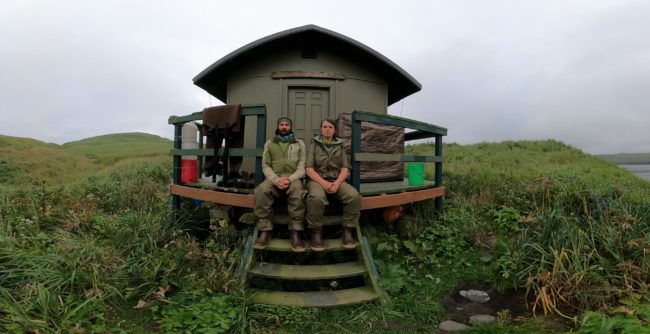Presented by Boyd Blihovde: Senior Advisor for Conservation, USFWS Alaska
This presentation was recorded. Watch below:
Salmon have been in trouble in western Alaska and for a long time. The people of the rivers who depend on salmon for much of their food resources and cultural identity are hurting. Boyd Blihovde, head of the Fish and Wildlife Service’s new Gravel to Gravel Initiative, will share with us this situation and his hopes for what this new approach will bring. Boyd, then manager of the Yukon Delta National Wildlife Refuge, was in the thick of it in 2022 when salmon conservation discussions reached a peak in the villages of Western Alaska and beyond. Protecting Pacific Salmon’s entire lifecycle (from the spawning grounds to the ocean, and back to the spawning grounds) was not a new concept.

Yukon River smokehouse. Putting up salmon for the winter. pc S. Zuray
However, during several hearings and listening sessions with villages and tribes, it became clear that rebuilding salmon runs across Alaska was critical for indigenous people and other rural subsistence users. Leadership from the Department of Interior heard this message from the Tribes and responded with Gravel to Gravel. It is one of nine “Keystone Initiatives” in the United States that are being prioritized by the Department of Interior to focus agency attention and resources on priority conservation issues. The primary goal of Gravel to Gravel is, through tribal engagement and participation, to restore salmon streams and ensure food security to subsistence users within the lower-Arctic, Yukon, and Kuskokwim region of Alaska and into Canada. However, Boyd added that “we hope our efforts just bring back salmon numbers for everyone and all users.” Our vision is: “With Tribes centered, we unite to care for salmon, from gravel to gravel.

Fish drying racks and fishing boats are a key part of life in the salmon dependent villages of western Alaska pc USFWS
Bio: Boyd Blihovde is the Senior Advisor for Conservation at the USFWS Regional Office in Anchorage. He was the Refuge Manager at the Yukon Delta National Wildlife Refuge based in Bethel, Alaska, from 2020 to August 2023. Prior to moving to Alaska, Boyd was the Refuge Manager at Laguna Atascosa National Wildlife Refuge, located in Los Fresnos, Texas. He began his Service experience in 1989 as a GS-3, Youth Conservation Corp member at Merritt Island National Wildlife Refuge eventually moving on to the University of Central Florida, receiving a bachelor’s and master’s degree in biology. Boyd studied and researched sea turtles on Archie Carr Refuge Canaveral National Seashore, and Puerto Rico and conducted research and wrote his thesis on the terrestrial behavior and site fidelity of gopher frogs.
More recently, Boyd and his wife Gisela have focused more attention on their twins (Ava and Taylor). Boyd writes “The kids have been a lot of fun and have changed our focus from work and self to family and fun.”
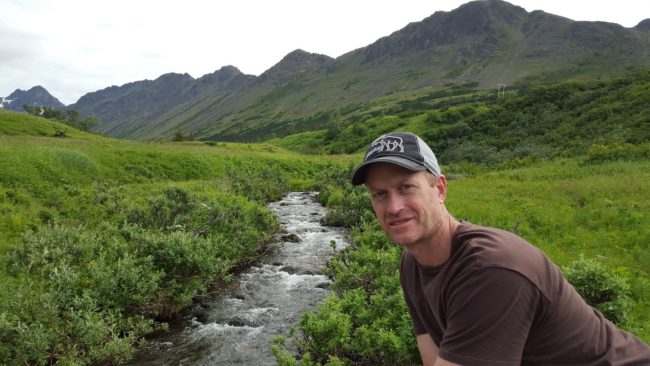

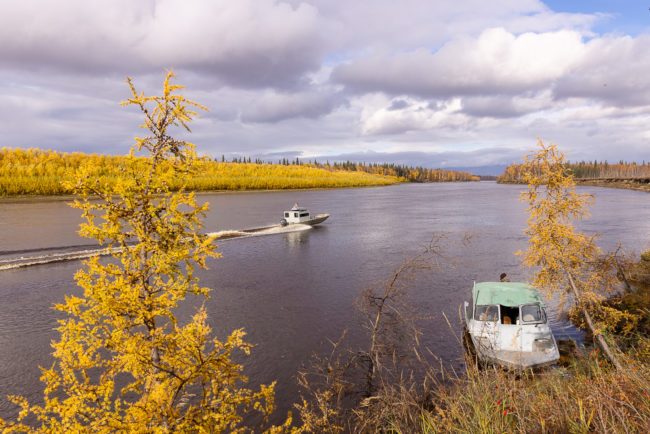

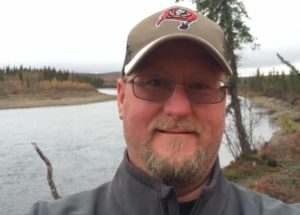
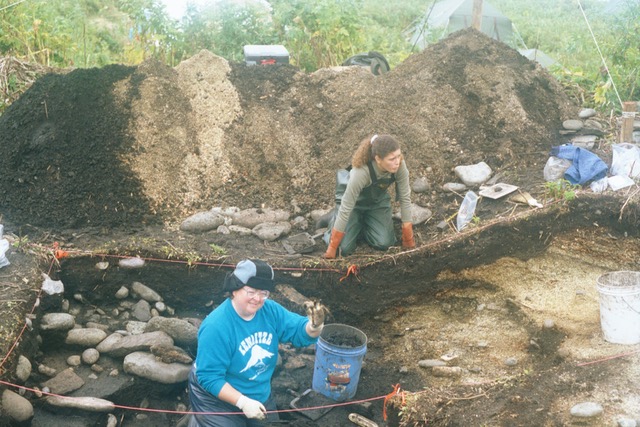

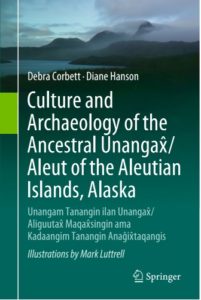
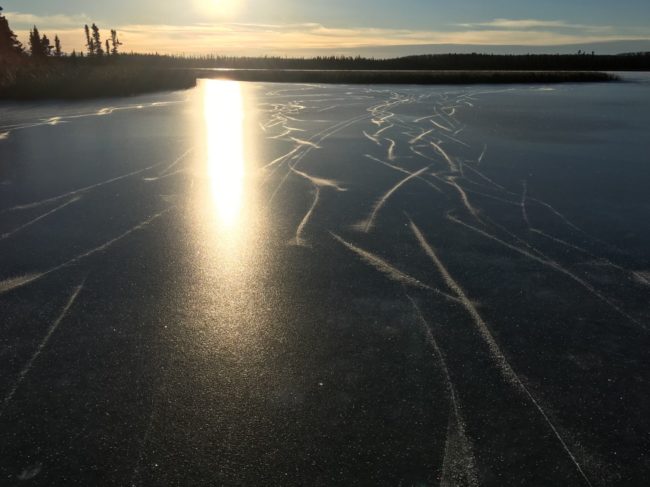



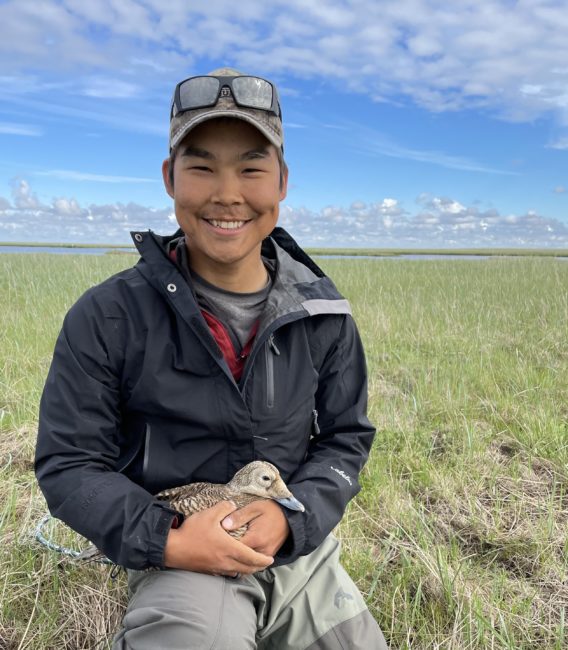
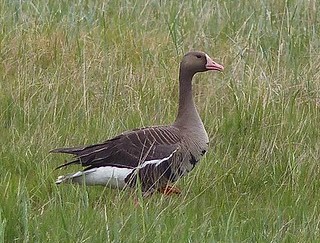 Greater White-fronted Goose, Kigigak Island, Yukon Delta National Wildlife Refuge pc: Kristine Sowl, USFWS
Greater White-fronted Goose, Kigigak Island, Yukon Delta National Wildlife Refuge pc: Kristine Sowl, USFWS

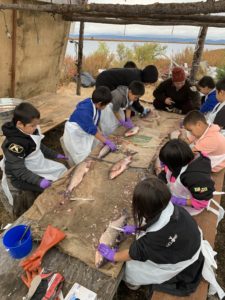 ‘
‘